
Printed on coated cartridge paper, 210mm x 148 mm, casebound. A limited, numbered, edition of 200 copies. This reference book has 8 colour plates, 75 pages of black and white illustrations and 624 pages of text plus 21 preliminary pages. The book deals in depth with a remote garrison which has not previously been the subject of such extensive research. There is much material that will be of interest to genealogists as well as those who are interested in the army of the Honourable East India Company.

Garrison on the West Coast of Sumatra
1685-1825
The book tells the story of officers and men of the Honourable East India Company's army who served at the settlements on the west coast of Sumatra. The growing market for spices in Europe led the Company to expand its activities in the east and as a result a trading post was established at Bencoolen in 1685 for the acquisition of pepper. With the establishment of a trading factory it became necessary to provide a small military force to protect the Company's property and civil servants.
The British remained at Bencoolen for one hundred and forty years and during that time hundreds of soldiers died of cholera, malaria and dysentery. Living conditions were extremely poor compared with service life in India and food was not only scarce and monotonous but also expensive. There were only a few diversions, taken for granted in the 18th century India, available for those serving on the west coast of Sumatra, and living in a close community, there were frequent clashes between the civil administrators and military officers.
The book tells the story of constant battle between the authorities in London and India and those attempting to defend the settlements in order to develop the pepper trade in Sumatra. The numerous changes in the composition of the Bencoolen garrison, also known as the Fort Marlborough establishment, are dealt with in detail. The fortifications built by the Company: York Fort and Fort Marlborough at Bencoolen and Fort Anne (sometimes referred to as Fort Anna) at Moco Moco, are all dealt with giving accounts of the building and re-building programmes.
The numerous minor skirmishes with hostile local inhabitants at the outstations are recorded. The ignominious evacuation of Bencoolen and Fort Marlborough in 1719, which was entirely brought about by the inept handling by the Company's senior civil officers of the local rulers and their subjects in the desire to acquire more pepper for the European market, is covered from contemporary documents.
The shameful capitulation of the Fort Marlborough garrison to a French expeditionary force in 1760 is dealt with, as are the subsequent attacks on the British trading posts by both the French and Dutch. The list of casualties during the French occupation is given in detail.
Discipline was harsh in this remote garrison from which there was no escape; England being about eight months' sailing time away. Punishment for military crimes was severe, ranging from execution to receiving '1000 lashes in the usual matter' and this part of the story on the military garrison has been extracted from the records written at Bencoolen at the time of the offence and punishment.
The murder of Resident Thomas Parr at Bencoolen is recorded, as are the effects that his death had on the relationship between the local rulers and the Company's servants. The story continues with the enlighted Governorship of Sir Stamford Raffles and his attempts to bring harmony between the Rajahs and their subjects and the East India Company's servants.
The book concludes when the British settlements on the west coast of Sumatra were handled over to the Dutch which brought about the withdrawal of the East India Company's troops from Bencoolen.
This book has been written after four years of research in archives in the United Kingdom and Singapore, the Dutch archives in Leiden and the French archives in Paris and makes available for the first time a complete picture of life in this remote garrison. There is a wide coverage in black and white illustrations, the majority of which have been photographed during two visits to Bencoolen, and includes the site of the 'change of air' barracks at Mount Argyll. The colour plates include a rare illustration of a French soldier in the type of dress that would have been worn at Bencoolen.
Source:
http://wftw.nl/bencoolen/bencoolen.html
Labels: Book, East India Company's







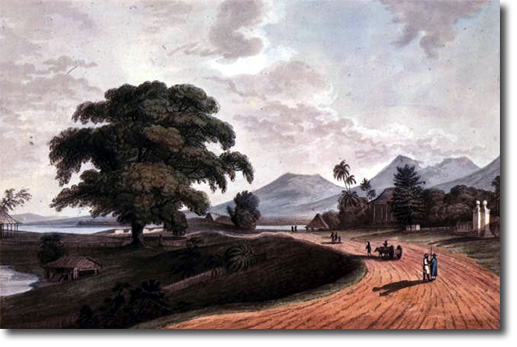
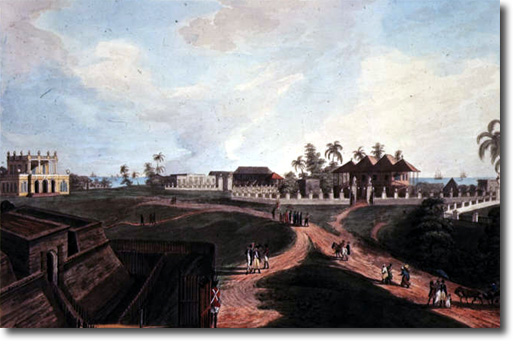
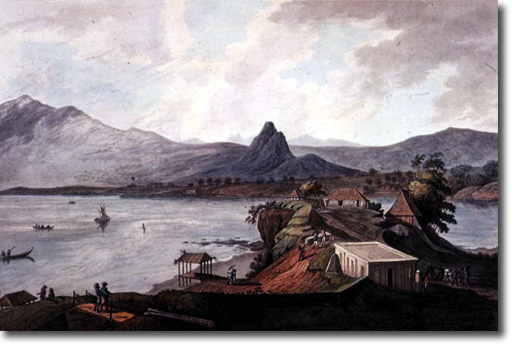
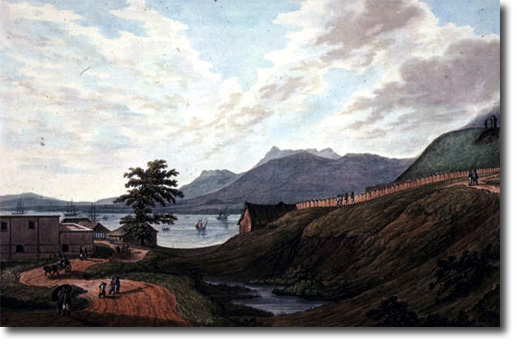
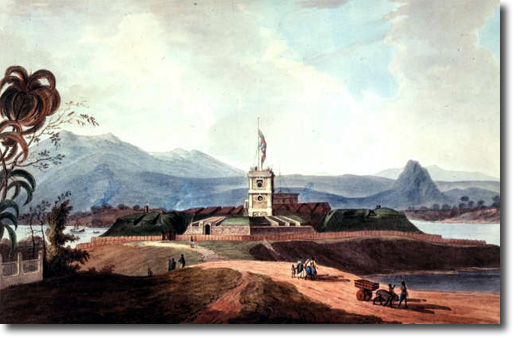
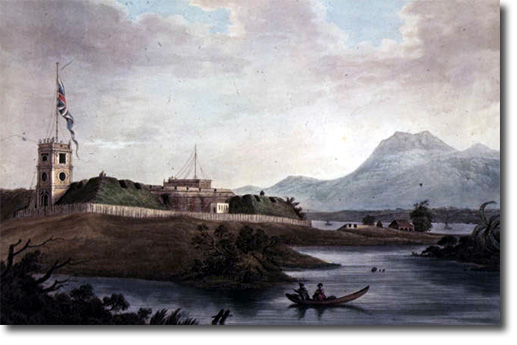
0 comments:
Post a Comment